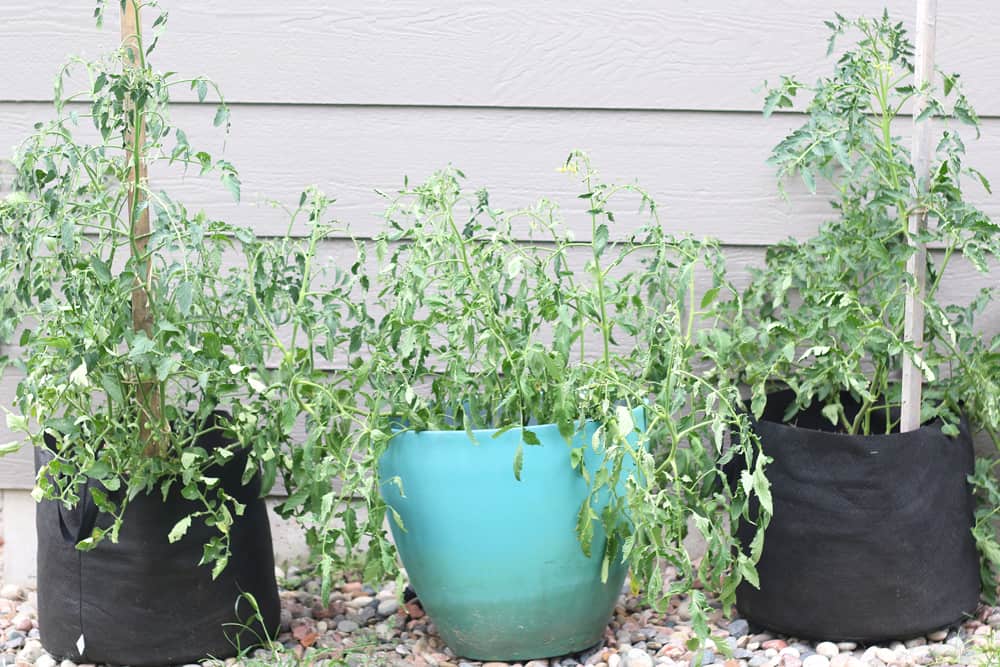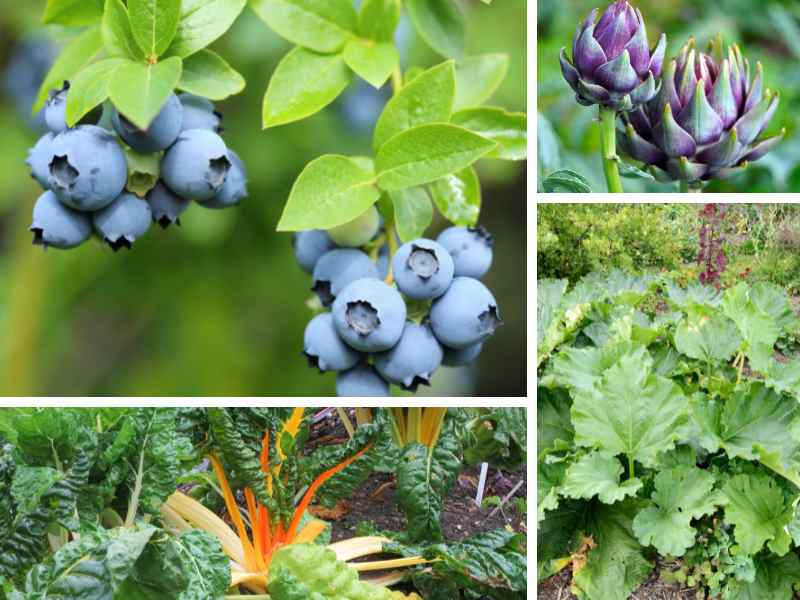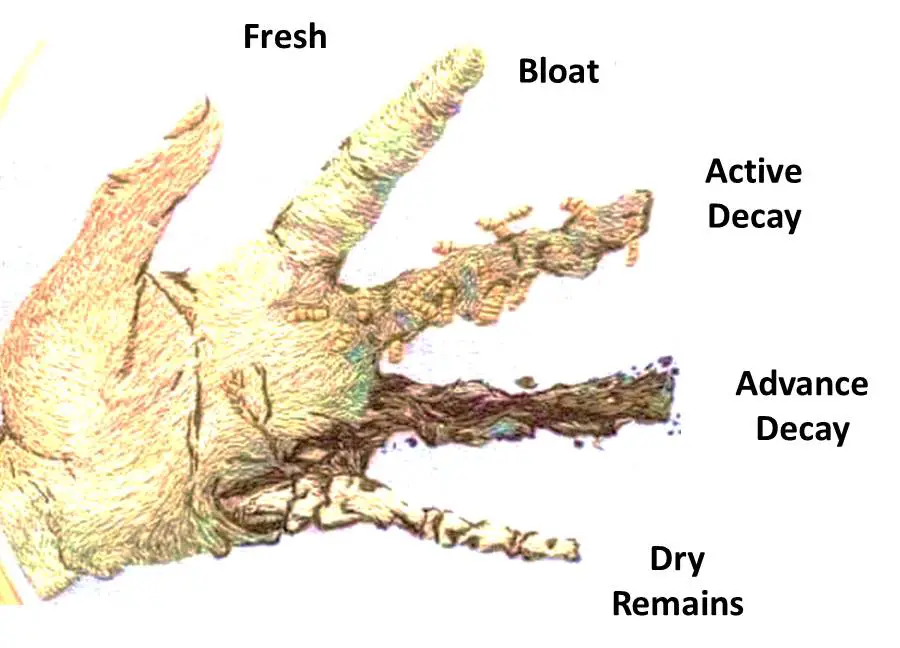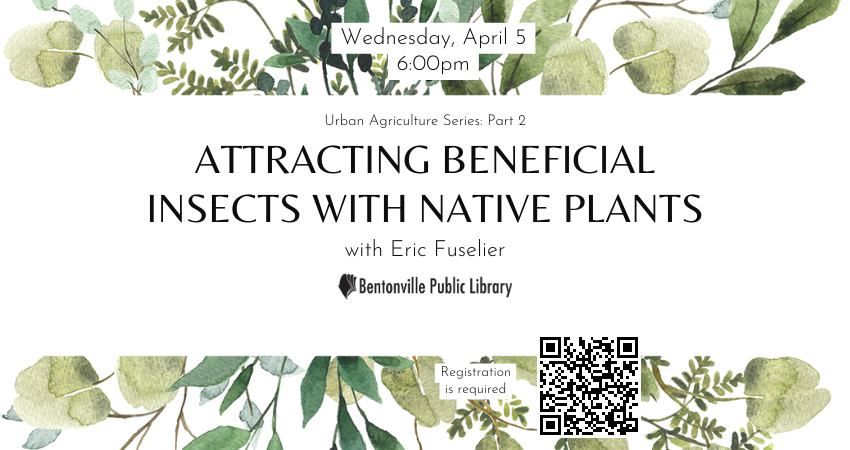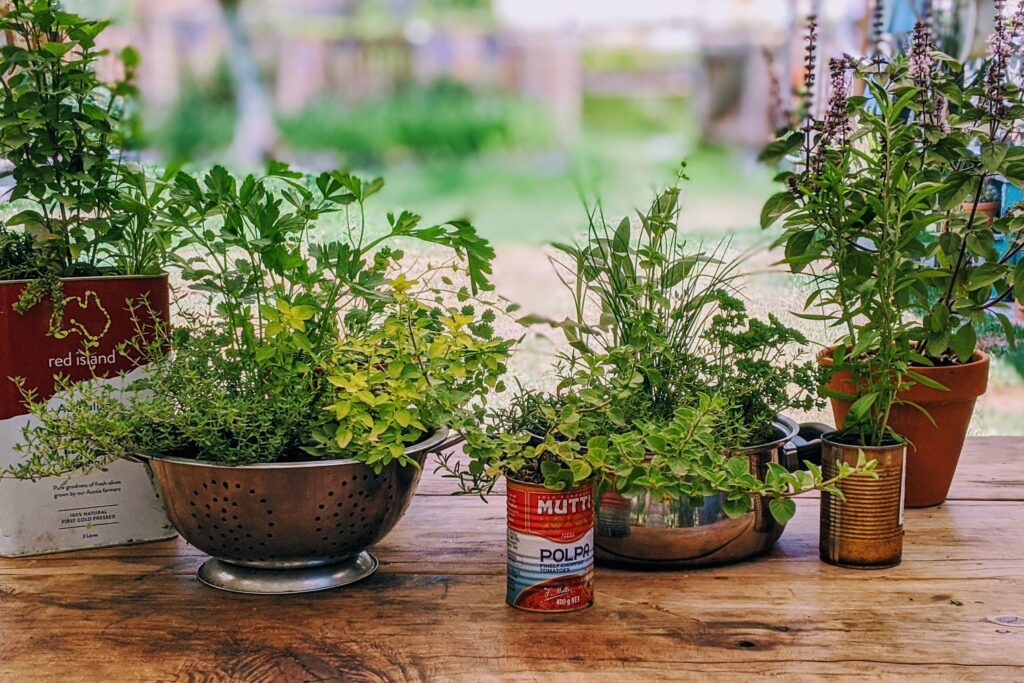
Introduction: The Aromatic Allure of Homegrown Herbs
Imagine stepping into your garden and being greeted by a symphony of scents – the zesty brightness of lemon balm, the calming coolness of lavender, the invigorating sharpness of rosemary. This isn’t just a gardener’s dream; it’s the reality of cultivating your own organic aromatherapy garden. Growing organic herbs for aromatherapy offers a unique opportunity to connect with nature, harness the therapeutic power of plants, and create a sustainable source of natural remedies right in your backyard. Whether you’re a seasoned gardener or a complete beginner, this comprehensive guide will walk you through everything you need to know to cultivate a thriving aromatherapy herb garden.
Aromatherapy, the practice of using essential oils extracted from plants for therapeutic benefits, has gained immense popularity in recent years. However, the journey from plant to essential oil often involves complex processes and potential exposure to synthetic chemicals. By growing your own organic herbs, you gain control over the entire process, ensuring the purity and potency of your aromatherapy ingredients. Plus, the act of gardening itself is incredibly therapeutic, offering a calming and grounding experience that complements the benefits of aromatherapy.
Why Choose Organic? The Benefits of Chemical-Free Herbs
The term ‘organic’ isn’t just a trendy buzzword; it represents a commitment to sustainable practices that prioritize the health of the environment and the well-being of consumers. When it comes to growing herbs for aromatherapy, choosing organic methods is particularly crucial. Here’s why:
- Purity and Potency: Organic herbs are grown without the use of synthetic pesticides, herbicides, and fertilizers. These chemicals can contaminate the plants and reduce the concentration of beneficial compounds responsible for their therapeutic properties. By opting for organic, you ensure that your herbs are free from harmful residues and packed with the essential oils you need for effective aromatherapy.
- Environmental Sustainability: Organic gardening practices promote biodiversity, conserve water, and improve soil health. By avoiding synthetic chemicals, you protect beneficial insects, pollinators, and other wildlife that play a vital role in the ecosystem. Organic methods also help to reduce soil erosion and water pollution, creating a healthier environment for future generations.
- Personal Well-being: Exposure to synthetic chemicals can have adverse effects on human health, ranging from skin irritation to more serious health problems. By growing organic herbs, you minimize your exposure to these harmful substances and create a safer environment for yourself, your family, and your pets. Furthermore, the act of gardening organically is incredibly rewarding, promoting a sense of connection with nature and reducing stress.
Planning Your Aromatherapy Garden: Location, Soil, and Climate
Before you start planting, it’s essential to carefully plan your aromatherapy garden to ensure its success. Consider the following factors:
Location
Most aromatherapy herbs thrive in sunny locations with at least six hours of direct sunlight per day. Choose a spot in your garden that receives ample sunlight and is sheltered from strong winds. If you live in an area with limited sunlight, you can supplement with grow lights or choose herbs that tolerate partial shade, such as mint and lemon balm.
Soil
Well-draining soil is crucial for preventing root rot and ensuring healthy herb growth. Most aromatherapy herbs prefer slightly acidic to neutral soil with a pH between 6.0 and 7.0. Before planting, amend your soil with compost or other organic matter to improve its drainage, fertility, and water-holding capacity. You can also conduct a soil test to determine its pH and nutrient levels and adjust accordingly.
Climate
Different herbs have different climate preferences. Some herbs, like lavender and rosemary, are drought-tolerant and thrive in warm, sunny climates. Others, like mint and chamomile, prefer cooler temperatures and moist soil. Research the specific needs of the herbs you want to grow and choose varieties that are well-suited to your local climate. If you live in an area with harsh winters, consider growing your herbs in containers that can be moved indoors during the colder months.
Essential Herbs for Your Aromatherapy Garden: A Beginner’s Guide
Here are some of the most popular and easy-to-grow herbs for aromatherapy, along with their therapeutic properties and growing tips:
Lavender (Lavandula angustifolia)
Lavender is renowned for its calming and relaxing properties. Its sweet, floral scent can help to reduce stress, anxiety, and insomnia. Lavender prefers well-draining soil and full sun. Prune regularly to encourage bushier growth and more abundant blooms.
Rosemary (Rosmarinus officinalis)
Rosemary is an invigorating herb that can help to improve memory, focus, and concentration. Its pungent, woody scent is also believed to have antioxidant and anti-inflammatory properties. Rosemary prefers well-draining soil and full sun. It is relatively drought-tolerant and can withstand hot, dry conditions.
Peppermint (Mentha × piperita)
Peppermint is a refreshing herb that can help to relieve headaches, nausea, and digestive issues. Its cool, minty scent is also believed to have energizing and mood-boosting properties. Peppermint prefers moist soil and partial shade. Be careful when planting peppermint, as it can be invasive and spread rapidly.
Chamomile (Matricaria chamomilla)
Chamomile is a gentle herb that can help to calm nerves, promote relaxation, and improve sleep. Its sweet, floral scent is also believed to have anti-inflammatory and antispasmodic properties. Chamomile prefers well-draining soil and full sun. It is relatively easy to grow and self-seeds readily.
Lemon Balm (Melissa officinalis)
Lemon balm is a cheerful herb that can help to uplift mood, reduce stress, and improve cognitive function. Its bright, citrusy scent is also believed to have antiviral and antioxidant properties. Lemon balm prefers moist soil and partial shade. Like peppermint, lemon balm can be invasive, so be sure to contain it.
Basil (Ocimum basilicum)
While often associated with culinary uses, basil also possesses aromatherapy benefits. Its sweet, slightly spicy aroma can help to reduce stress, improve focus, and boost the immune system. Basil prefers warm weather, well-drained soil, and plenty of sunshine. Pinch off flower buds to encourage leaf production.
Thyme (Thymus vulgaris)
Thyme is a versatile herb with a warm, earthy aroma. It’s known for its antiseptic, antibacterial, and antifungal properties. In aromatherapy, thyme can be used to boost the immune system, relieve respiratory congestion, and improve mental clarity. Thyme thrives in well-drained soil and full sun. It’s drought-tolerant and relatively low-maintenance.
Sowing the Seeds of Success: Planting and Propagation Techniques
There are several ways to propagate aromatherapy herbs, including:
Starting from Seed
Starting herbs from seed is an economical way to expand your garden. Sow seeds indoors 6-8 weeks before the last expected frost. Use a seed-starting mix and keep the soil moist but not soggy. Once the seedlings have developed a few sets of true leaves, transplant them into larger pots or directly into the garden after the danger of frost has passed.
Taking Cuttings
Many herbs, such as rosemary, lavender, and mint, can be easily propagated from cuttings. Take 4-6 inch cuttings from healthy stems and remove the lower leaves. Dip the cut end in rooting hormone and plant in a pot filled with well-draining soil. Keep the soil moist and the cuttings in a humid environment until they develop roots.
Division
Clumping herbs, such as chamomile and lemon balm, can be propagated by division. In the spring or fall, carefully dig up the plant and divide the root ball into several smaller clumps. Replant the clumps in separate locations.
Nurturing Your Aromatic Treasures: Watering, Fertilizing, and Pruning
Once your herbs are planted, it’s important to provide them with proper care to ensure their health and productivity:
Watering
Water your herbs regularly, especially during dry periods. Avoid overwatering, as this can lead to root rot. Allow the soil to dry out slightly between waterings. When watering, water deeply and thoroughly, ensuring that the water reaches the roots.
Fertilizing
Organic herbs generally don’t require heavy fertilization. However, you can amend the soil with compost or other organic matter to provide them with essential nutrients. Avoid using synthetic fertilizers, as these can harm the plants and the environment. If you feel the need to fertilize, use a diluted organic fertilizer, such as fish emulsion or seaweed extract.
Pruning
Pruning is essential for maintaining the shape and health of your herbs. Regular pruning encourages bushier growth and more abundant blooms. Prune herbs after they flower to prevent them from going to seed. Remove any dead or diseased foliage to prevent the spread of disease.
Harvesting and Drying: Preserving the Aromatic Essence
Harvesting your herbs at the right time and drying them properly is crucial for preserving their aromatic essence and therapeutic properties:
Harvesting
Harvest herbs in the morning after the dew has dried. This is when their essential oil content is at its highest. Use sharp scissors or pruning shears to cut the stems. Avoid harvesting more than one-third of the plant at a time. For leaf herbs, such as basil and mint, harvest the leaves before the plant flowers. For flowering herbs, such as lavender and chamomile, harvest the flowers when they are fully open.
Drying
There are several ways to dry herbs, including:
- Air Drying: Tie small bunches of herbs together and hang them upside down in a cool, dry, and well-ventilated place. Avoid direct sunlight, as this can fade the color and reduce the aroma of the herbs.
- Oven Drying: Spread the herbs in a single layer on a baking sheet and dry them in a low oven (170°F or 77°C) for several hours, or until they are brittle.
- Dehydrator Drying: Use a food dehydrator to dry the herbs according to the manufacturer’s instructions.
Once the herbs are completely dry, store them in airtight containers in a cool, dark, and dry place. Properly dried herbs can last for up to a year.
Using Your Homegrown Herbs for Aromatherapy: Simple Recipes and Applications
Now that you’ve grown and dried your own organic aromatherapy herbs, it’s time to put them to use! Here are some simple recipes and applications:
Herbal Teas
Brew a cup of herbal tea using dried lavender, chamomile, or lemon balm to promote relaxation and improve sleep.
Bath Herbs
Add dried lavender, rosemary, or chamomile to a warm bath to soothe sore muscles and relieve stress. You can place the herbs in a muslin bag or cheesecloth to prevent them from clogging the drain.
Aromatic Sachets
Fill small cloth bags with dried lavender, rosemary, or mint to create aromatic sachets that can be placed in drawers, closets, or under pillows to freshen the air and promote relaxation.
Infused Oils
Infuse carrier oils, such as olive oil or almond oil, with dried herbs to create massage oils or topical remedies. Place the herbs in a jar and cover them with the oil. Let the mixture infuse for several weeks, shaking it occasionally. Strain the oil and store it in a dark glass bottle.
Essential Oil Extraction (Advanced)
While more complex, you can explore extracting essential oils from your herbs using methods like steam distillation. This requires specialized equipment and knowledge but allows you to create potent essential oils for aromatherapy use. It is crucial to research proper safety procedures before attempting essential oil extraction at home.
Troubleshooting Common Problems: Pests, Diseases, and Other Challenges
Even with the best planning and care, you may encounter some challenges when growing organic aromatherapy herbs. Here are some common problems and how to address them:
Pests
Common pests that can affect aromatherapy herbs include aphids, spider mites, and whiteflies. Control pests with organic methods, such as introducing beneficial insects, using insecticidal soap, or hand-picking pests off the plants.
Diseases
Common diseases that can affect aromatherapy herbs include powdery mildew, root rot, and fungal leaf spots. Prevent diseases by providing good air circulation, avoiding overwatering, and using disease-resistant varieties. Treat diseases with organic fungicides, such as copper-based sprays or neem oil.
Nutrient Deficiencies
Nutrient deficiencies can cause yellowing leaves, stunted growth, and poor flowering. Amend the soil with compost or other organic matter to provide the plants with essential nutrients. You can also use a diluted organic fertilizer to supplement the soil.
Poor Drainage
Poor drainage can lead to root rot and other problems. Ensure that the soil is well-draining by amending it with compost or other organic matter. Avoid planting herbs in areas where water tends to accumulate.
Conclusion: Embracing the Healing Power of Nature
Growing organic herbs for aromatherapy is a rewarding and sustainable way to connect with nature, harness the therapeutic power of plants, and create a natural source of remedies for your home. By following the tips and techniques outlined in this guide, you can cultivate a thriving aromatherapy garden that will provide you with years of aromatic pleasure and well-being. So, embrace the healing power of nature and start growing your own organic aromatherapy herbs today!
Remember to research specific herbs and their potential contraindications, especially if you have underlying health conditions or are pregnant or breastfeeding. Consult with a qualified healthcare professional before using herbs for therapeutic purposes.
